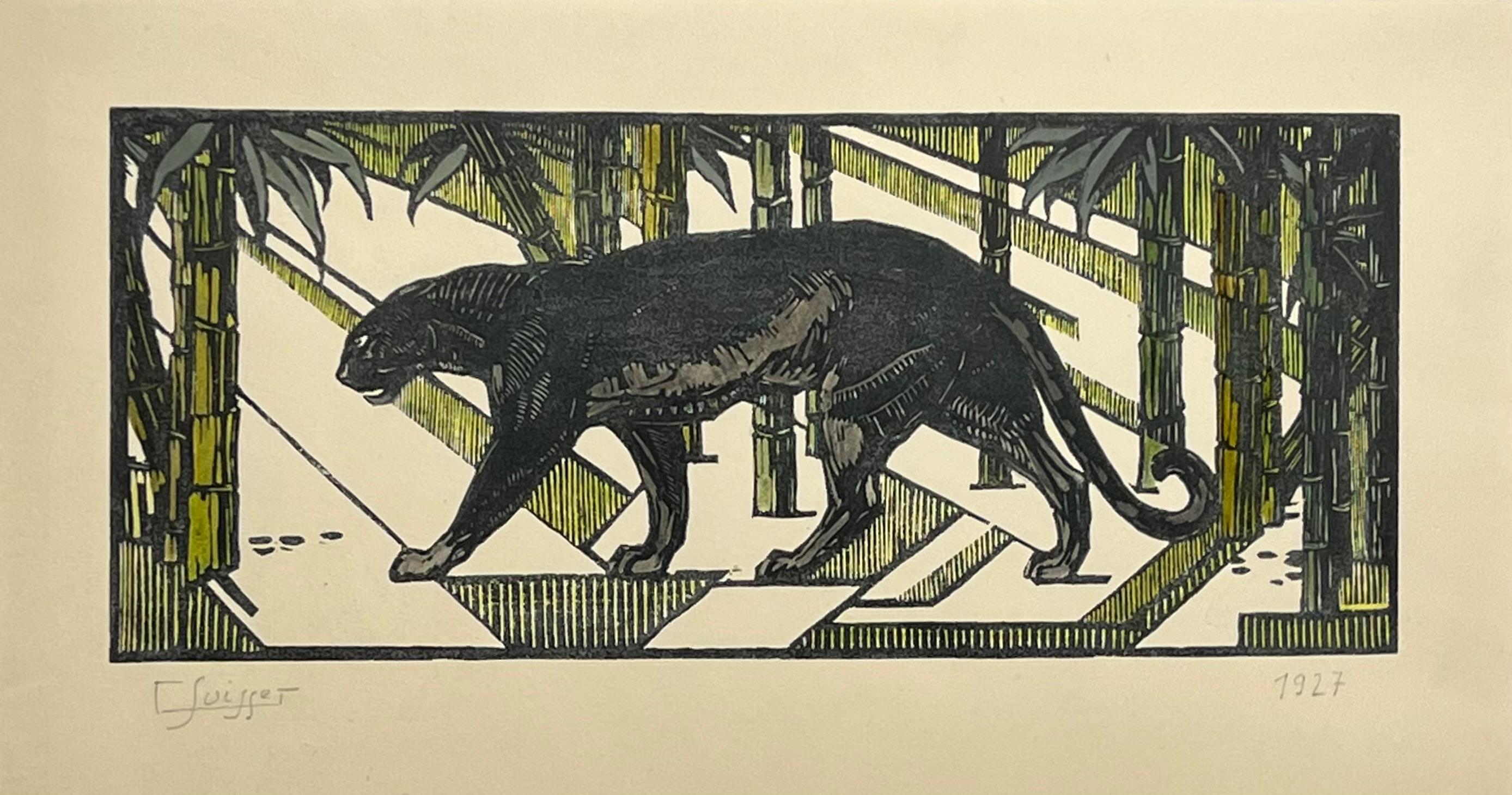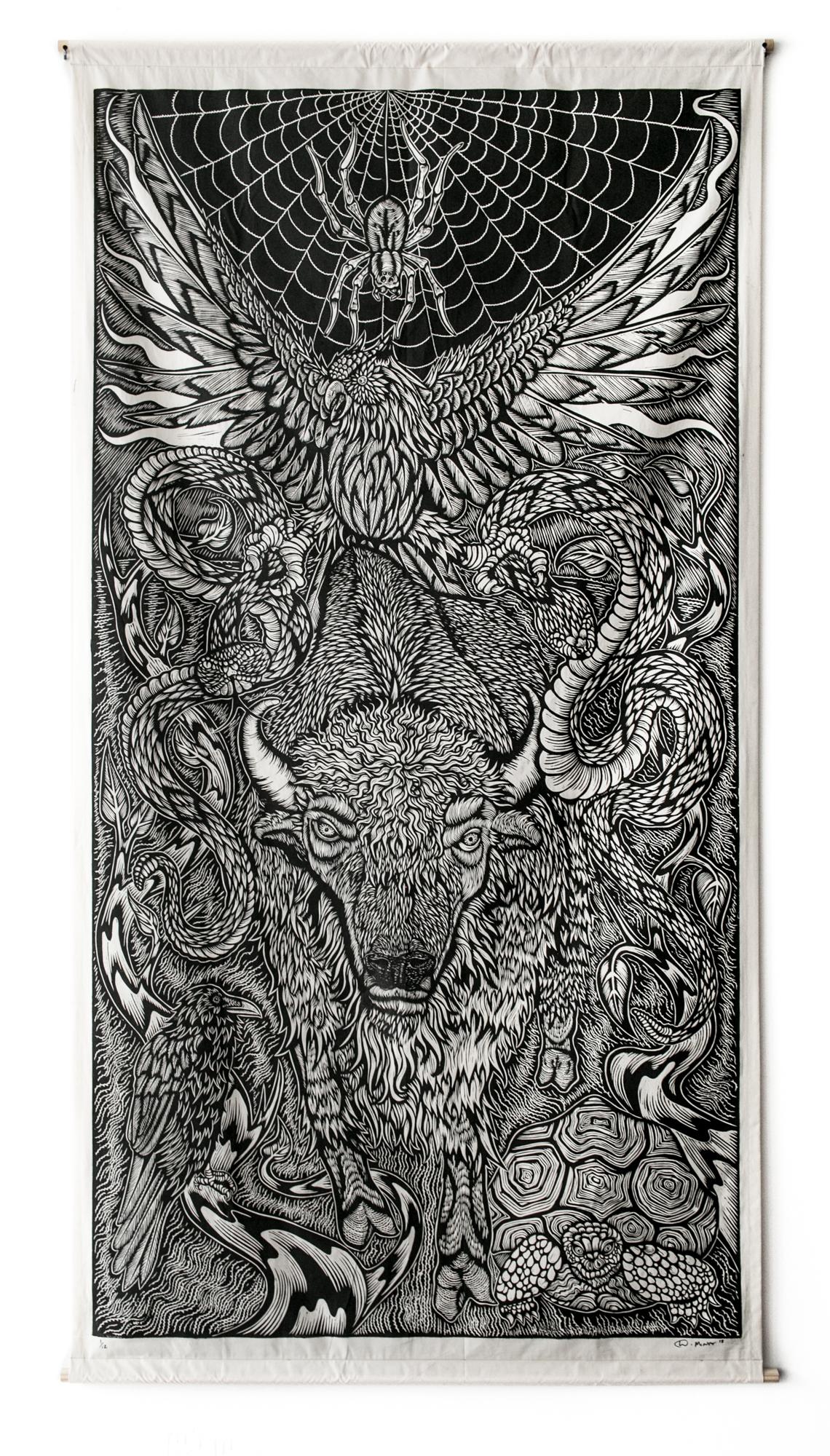Items Similar to Raid on a Sand-Swallow Colony How Many Eggs? After Winslow Homer wood engraving
Want more images or videos?
Request additional images or videos from the seller
1 of 5
Raid on a Sand-Swallow Colony How Many Eggs? After Winslow Homer wood engraving 1874
1874
About the Item
Raid On A Sand-Swallow Colony " How Many Eggs?" is an original wood engraving from Harper’s Weekly June 13, 1874 in very good condition.
One of America’s greatest 19th century painters Winslow Homer ( 1836 – 1910 ) began his career as an illustrator . In the spring of 1961 he was sent to the front as an artist correspondent for the relatively new illustrated journal Harper’s Weekly. At that time the Weekly’s circulation had grown to over 200,000 and the illustrations were an integral part of the newspapers success. Homer had a special talent for capturing the essence of the American scenery and it’s people. These wood engravings are all original and have become not only decorative and affordable art for the home but also has great historical value for the collector.
- Creation Year:1874
- Dimensions:Height: 15.75 in (40.01 cm)Width: 11 in (27.94 cm)
- Medium:
- After:Winslow Homer (1836 - 1910, American)
- Period:
- Condition:
- Gallery Location:Paonia, CO
- Reference Number:1stDibs: LU78032664373
About the Seller
4.9
Vetted Seller
These experienced sellers undergo a comprehensive evaluation by our team of in-house experts.
Established in 1978
1stDibs seller since 2017
104 sales on 1stDibs
Typical response time: 9 hours
- ShippingRetrieving quote...Ships From: Paonia, CO
- Return PolicyA return for this item may be initiated within 7 days of delivery.
More From This SellerView All
- Gymkhana Umbrella Races Rockaway Hunting Club 1890 Sporting IncidentsLocated in Paonia, COGymkhana Umbrella Races Rockaway Hunting Club is from the portfolio entitled Sporting Incidents: Being a Collection of sixteen plates done in color..representing the most important events of the track...Category
1890s American Impressionist Animal Prints
MaterialsColor
- The First Meeting, Jerome Park, N. Y. , H. Schile 1873 Rare Proof before lettersLocated in Paonia, COThe First Meeting, Jerome Park, N. Y. is an original proof before letters of a hand colored lithograph published in 1873 by the prolific German American artist and publisher Henry Schile...Category
1870s Other Art Style Animal Prints
MaterialsLithograph
- Camouflaged Elephant original lithograph 1975By Stan Washburn 1Located in Paonia, COThe Camouflaged Elephant by American artist Stan Washburn is a whimsical and very charming elephant with vegetation sprouting from his tail, his trun...Category
1970s Expressionist Animal Prints
MaterialsLithograph
- Cat and Canary by Will BarnetBy Will BarnetLocated in Paonia, COCat and Canary by Will Barnet shows a black cat with yellow eyes lounging next to a canary drinking out of a water bowl on a brown, orange and grey geometrical background done in ...Category
1980s Other Art Style Animal Prints
MaterialsScreen
- A Talented Troupe by Charles GreenLocated in Paonia, COThis spectacular chromolithograph by the English illustrator and painter Charles Green (1842-1909) shows the clown and his performing troupe of talented dogs in a circus tent with a...Category
19th Century Other Art Style Figurative Prints
MaterialsLithograph
- The Fiend of the Road Currier & Ives 1881 LithographBy Scott LeightonLocated in Paonia, COThe Fiend of the Road shows a man in a horse driven buggy going down a country road on a winters day who has apparently left in his wake several upset horses and drivers .This original 1881 lithograph by Scott Leighton...Category
1880s Other Art Style Animal Prints
MaterialsLithograph
You May Also Like
- Art deco handcolored woodcut on paper - Walking black panther by Gaston SuisseLocated in Carouge GE, GEGaston Suisse (1896-1988) Panthère noire dans les bambous, 1927 Gravure sur bois, sur papier Velin de Van Gelder. Rehaussé aux lavis d’encre de Chine par l’artiste Signé en bas à gauche et daté 1927 en bas à droite Black panther in a forest of bamboos, 1927 A handcolored woodcut on Velin de Van Gelder paper Signed and dated 1927 Bibliographie /Literature Gaston Suisse, splendeur du laque art déco. Emmanuel Bréon. Somogy Éditions d'art, Paris 2013, reproduite page 105 (un autre exemplaire reproduit) The artist made a wood engraving of which he made about twenty prints himself. These proofs were not marketed as is, Gaston Suisse reworked each of the proofs using Indian ink washes in order to obtain different effects for each proof, which are thus unique original works. Born in 1896 in a family of artists, his father Georges was a close friend of Siegfried Bing and a great lover of Japanese art and a bibliophile. He passed his taste for art to his son whom he often took to draw at the Botanic Garden . Around 1910, Gaston Suisse, who hasn't entered yet the artistic school, met Paul Jouve, then 18 years his elder, who was already famous. In 1911, at the age of 17, he entered the National School of Decorative Art where he followed the teachings of Paul Renouard. Thanks to his knowledge and taste for the Japanese art, he chose lacquer painting as his specialty. His practice of this noble and demanding subject were so much appreciated that he was awarded with two gold medals in 1913 and 1914. Mobilized during the war , he joined the army and go in Salonika where he found his friend Jouve. In 1918, he finished his studies at the School of Applied Arts in order to perfect his training. He learned in particular the techniques of gilding and oxidation of metals. The first productions of Gaston Suisse, furniture and objects in lacquer with geometrical patterns, were an instant success and Suisse was appointed as member of Salon d'Automne in 1924, the very year of his first exhibition. Considered as an artist-decorator, his sincere and deep friendship with Jouve linked him in parallel with the groups of the animaliers of the Jardin des Plantes and became a close friend of Edouard-Marcel Sandoz. When travelling to Maghreb and Middle-East between 1923 and 1925, he produced numerous drawings representing antelopes, apes and fennec foxes...Category
1920s Art Deco Animal Prints
MaterialsIndia Ink, Woodcut
- Rockwell Kent, Four Bookplates (on one sheet)By Rockwell KentLocated in New York, NYProof sheet with four wood engraved book plates by Rockwell Kent. Possibly for a book on this subject published in 1937. There are pencil numbers under each image that probably indic...Category
Early 20th Century Art Deco Figurative Prints
MaterialsWoodcut
- Wings. 1975., Woodcut, 70x50 cmBy Dainis RozkalnsLocated in Riga, LVWings. 1975., Woodcut, 70x50 cm Dainis Rozkalns (1928 - 2018) Artist, graphic artist, illustrator of folklore and fiction publications. The main directions of Rožkalns' professiona...Category
1970s Abstract Geometric Animal Prints
MaterialsWoodcut, Paper
- Wassily Kandinsky - Composition - WoodcutBy Wassily KandinskyLocated in Collonge Bellerive, Geneve, CHWassily Kandinsky - Composition - Original Woodcut Condition: excellent 32 x 24 cm 1959 Published by XXe siècle, San Lazzaro Printed signature (monogram) in the plate Unnumbered as i...Category
1960s Abstract Geometric Animal Prints
MaterialsWoodcut
- Good Medicine (Black & White)By Dennis McNettLocated in Philadelphia, PAThis is an original woodblock print on muslin by Dennis McNett. The piece measures 84”h x 40”w and was created using a single woodblock printed on a large press. The piece is part ...Category
21st Century and Contemporary Contemporary Animal Prints
MaterialsMuslin, Woodcut
- Rare Sighting - Figurative Print - Woodcut Print By Marc ZimmermanBy Marc ZimmermanLocated in Carmel, CAFinding a pussy cat in the deep jungle was truly a rare sighting for this naturalist. Black ink on buff rice paper. Rare Sighting - Figurative Print - Woodcut Print By Marc Zimmerma...Category
2010s Conceptual Figurative Prints
MaterialsWoodcut



